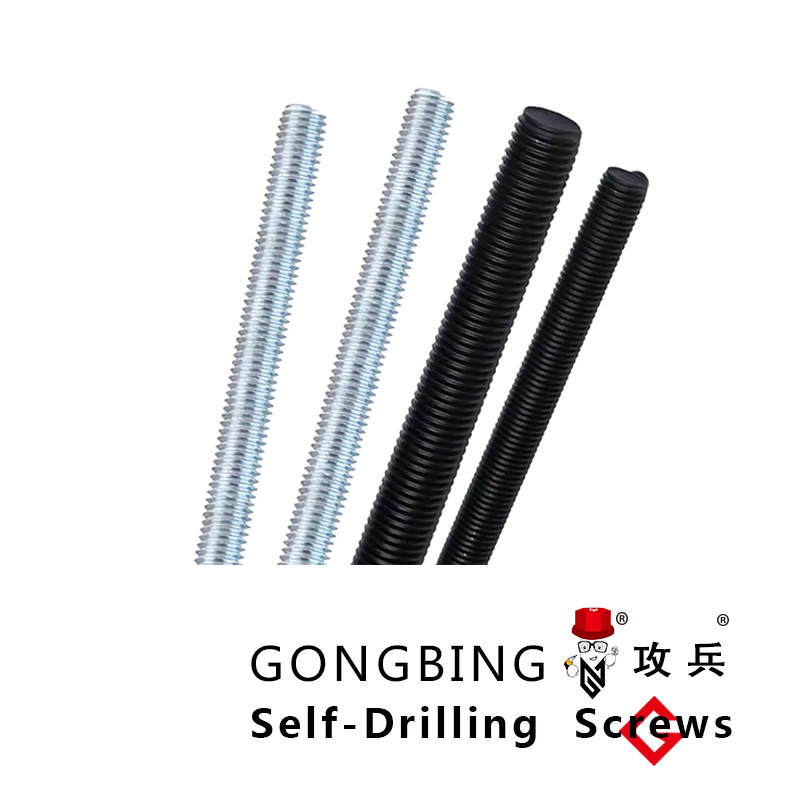galvanized concrete anchors
Understanding Galvanized Concrete Anchors A Comprehensive Guide
When it comes to construction and engineering, choosing the right anchoring system is fundamental to the stability and longevity of any structure. Among various anchoring solutions, galvanized concrete anchors have gained popularity due to their durability and resistance to corrosion. This article explores the features, applications, and advantages of galvanized concrete anchors, providing essential insights for engineers, contractors, and DIY enthusiasts.
What Are Galvanized Concrete Anchors?
Galvanized concrete anchors are fasteners specifically designed to provide strong and reliable support when embedded in concrete. They are typically made from steel and coated with a layer of zinc through a process known as galvanization. This coating serves as a protective barrier against moisture and environmental factors that can lead to rusting or degradation over time.
Types of Galvanized Concrete Anchors
There are various types of galvanized concrete anchors, each suited for different applications and load requirements
1. Expansion Anchors These anchors expand when a bolt is tightened, creating a secure hold within the concrete. They are widely used for medium to heavy-duty applications.
2. Sleeve Anchors These are versatile anchors that feature a sleeve that expands against the sides of the hole in the concrete. Sleeve anchors are ideal for securing fixtures, brackets, and more.
3. Wedge Anchors Designed for heavy-duty applications, wedge anchors provide superior holding strength. They consist of a threaded rod with a cone-shaped end that expands as it is inserted into the concrete.
4. Concrete Screws These self-tapping screws are ideal for lighter applications. They are easy to install and require a pre-drilled hole.
Advantages of Galvanized Concrete Anchors
1. Corrosion Resistance The galvanized coating offers exceptional resistance to moisture and chemicals, making these anchors suitable for outdoor applications and environments prone to rust.
2. Strength and Durability Galvanized concrete anchors are engineered to handle high loads and stresses, ensuring long-term reliability.
3. Versatility With various types available, galvanized concrete anchors can be used in a wide range of applications, from securing large structures to installing fixtures in residential settings.
galvanized concrete anchors

Applications of Galvanized Concrete Anchors
Galvanized concrete anchors are widely used in various sectors, including
- Construction They are used to secure structural components, support beams, and framing elements in both commercial and residential buildings.
- Infrastructure From bridges to highways, these anchors play a crucial role in the stability and safety of urban infrastructures.
- Heavy Machinery Installation Anchors are essential in securing heavy equipment and machinery in manufacturing and industrial facilities.
- DIY Projects For enthusiasts looking to undertake home improvement projects, galvanized concrete anchors offer a reliable solution for mounting shelves, fences, and garden structures.
Installation Guidelines
Proper installation is crucial for the performance of galvanized concrete anchors. Here are some best practices
1. Choose the Right Anchor Assess the load requirements and environmental conditions to select the appropriate type of anchor.
2. Drill Correct Holes Use a hammer drill with the correct drill bit size to create a hole that matches the anchor’s specifications.
3. Clean the Hole Remove dust and debris from the hole to ensure a secure bond.
4. Follow Manufacturer Instructions Always adhere to the installation guidelines provided by the anchor manufacturer for optimal performance.
Conclusion
Galvanized concrete anchors are an integral component of modern construction and engineering. Their strength, corrosion resistance, and versatility make them an excellent choice for a variety of applications. Whether for professional construction or DIY projects, investing in high-quality galvanized concrete anchors ensures the stability and longevity of your projects. Understanding their types, advantages, and proper installation techniques can significantly enhance the success of any construction endeavor, providing peace of mind for builders and users alike.
-
Weatherproof Plastic Expansion Anchors for OutdoorNewsJun.06,2025
-
Sustainability in the Supply Chain: Eco-Friendly TEK Screws ProductionNewsJun.06,2025
-
Load-Bearing Capacity of External Insulation FixingsNewsJun.06,2025
-
Double Head Bolts: Enhancing Efficiency in Industrial MachineryNewsJun.06,2025
-
Corrosion Resistance in Chipboard Screws: Coatings for Wholesale DurabilityNewsJun.06,2025
-
Butterfly Toggle Bolts : Enhancing Structural ResilienceNewsJun.06,2025
